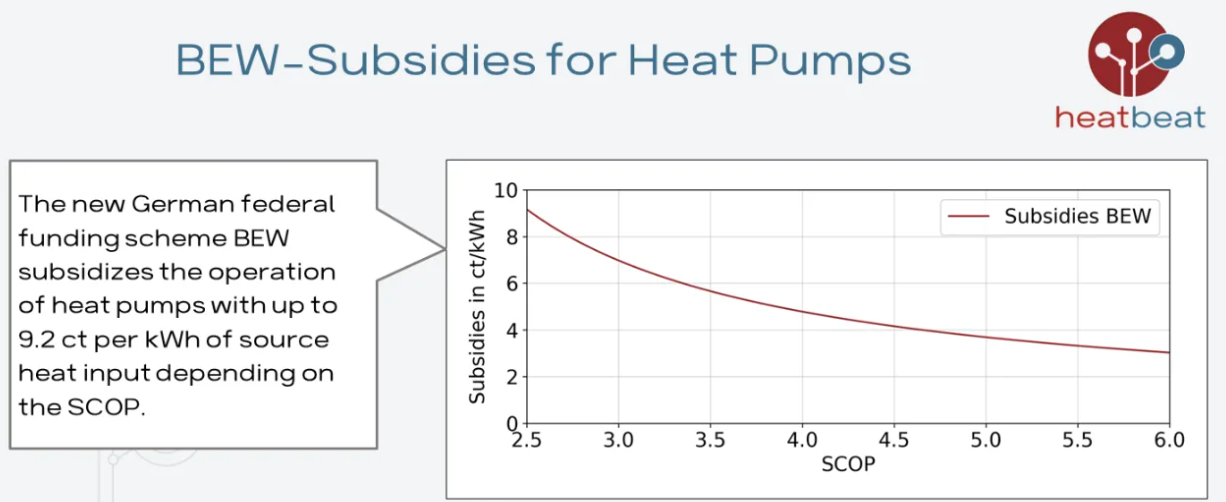
Waste Heat for existing and new Buildings via Ultra-Low Temperature District Heating in Shamrockpark Herne
In issue 9/22 of the magazine EUROHEAT&POWER an article about the use of our heatbeat Digital Twin in the Shamrockpark in Herne has been published. We are happy to make this article also available to…
Read More >
Overview of BEW Subsidies for Heat Pumps in District Heating
The new German federal funding scheme Bundesförderung für effiziente Wärmenetze (BEW) ("Federal funding for efficient district heating networks") has started September 15, 2022. We had already summar…
Read More >









